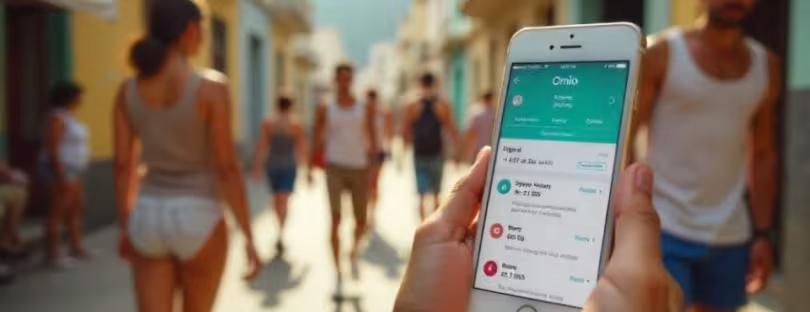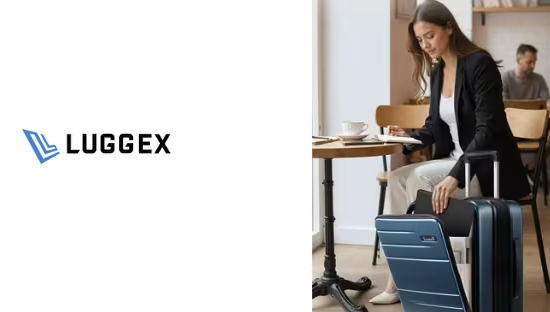
Omio Lands in Brazil: A New Era for Seamless Travel Bookings
Omio, the Berlin-based multimodal booking giant, has officially rolled into Brazil, marking one of its most significant expansions to date. Long known for stitching together trains, buses, ferries, and flights across Europe, North America, and Asia, Omio now sets its sights on South America’s largest travel market.
For Brazilian travelers, this means one app can now handle the country’s sprawling network of long-distance buses and domestic flights—more than 300 carriers in total. For Omio, it’s a chance to plant its flag in a country where mobility is as complex as it is essential.
Why Brazil, Why Now?
Brazil is not just big—it’s continental. Reaching places like Bonito (MS), Chapada Diamantina (BA), or Lençóis Maranhenses (MA) often requires multiple connections. Until now, travelers have pieced these journeys together through a mix of local bus operators, separate flight searches, and regional travel sites.
Omio’s pitch is straightforward: simplify. Whether you’re after the cheapest route, the fastest connection, or just a way to avoid juggling 10 open tabs, Omio puts the puzzle pieces together. Add support for 32 languages, local payment methods, and AI-assisted customer care, and the platform is clearly aiming for both international tourists and Brazilians who want travel planning without the headache.
Beta Test: A Promising Start
Before the official launch, Omio quietly tested the waters with a beta phase from July to September. The results? Bookings from 48 different countries, strong uptake from domestic travelers, and glowing app reviews (4.9 in the App Store, 4.8 on Google Play).
Flights and intercity buses remain the backbone of Brazil’s mobility network, but Omio’s expansion is set to cover nearly all ground transportation options in the coming months.
Tourism Boom Meets Digital Travel Tools
Timing is on Omio’s side. Brazil’s tourism industry is booming, with a reported 6.9% growth in the first half of 2025 compared to last year, generating a record-breaking R$108 billion in revenue. Combine this with a rising digital-savvy population and the appetite for domestic exploration, and the conditions are ripe for a platform like Omio.
As Vitor Lalor, Omio’s General Manager for Brazil, puts it:
“Brazil is one of the most vibrant markets globally, with continental dimensions, natural diversity, vast cultural heritage, and world-famous events. By unifying transportation options in a single app, we empower Brazilians and international visitors alike to explore all corners of Brazil with ease.”
How Omio Fits into the Global Mobility Race
Omio’s Brazilian expansion isn’t happening in a vacuum. Rivals such as Rome2Rio (which, notably, is also part of the Omio Group), Wanderu, and regional OTAs like ClickBus have long been targeting fragmented travel markets. The differentiator lies in depth and breadth: while ClickBus focuses primarily on buses, Omio unifies buses, flights, ferries, and trains under one roof across 46 countries.
Industry analysts point out that multimodal booking platforms are becoming less of a “nice-to-have” and more of an expectation, particularly as AI and super apps shape traveler behavior. According to Phocuswright’s Travel Market Report 2025, over 40% of travelers now prefer platforms that allow them to combine multiple transport modes in a single booking flow. Omio’s model—scaling globally while adapting to local payment systems and languages—puts it ahead of many niche players.
But success in Brazil will depend on more than just convenience. Price sensitivity is high, competition from local bus-booking platforms remains fierce, and Brazil’s sheer size means coverage gaps could frustrate users. If Omio delivers on its promise of full national coverage, it could secure a strong foothold not just in Brazil, but across Latin America.










